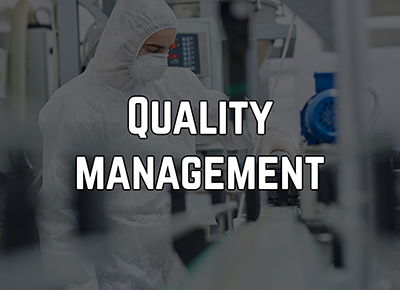Innovative Strategies - Harnessing Design Controls for QMS Excellence
🎤 José Mora | 📅 Recording Available | 🕒 90 Minutes
Creating a Quality Management System (QMS) in the life sciences requires a systematic approach to ensure compliance with regulatory requirements and adherence to best practices.
Given the diverse and broad scope and applications of life science products and services, the creation and application of a QMS can lead to confusion, questions, and many different regulations, standards, and terminology.
WHY YOU SHOULD ATTEND:
Overall, creating a QMS in the life sciences requires a commitment to quality, compliance, and continuous improvement. It involves a collaborative effort across all levels of the organization, from management to frontline staff, to ensure that quality is built into every aspect of the product, service, or process.
The use of design controls is an innovative yet proven method for product and process development, verification, and validation. This webinar introduces using this proven approach to the creation of a QMS for a life science enterprise.
Given the never-ending volume of information, the lean documents and lean configuration approach provides a single source of truth and streamlined data set to help create and manage a QMS.
WHO SHOULD ATTEND:
- Quality Assurance Departments
- Quality Control Departments
- Regulatory Affairs Departments
- Research and Development Departments
- Manufacturing Departments
- Engineering Departments
- Operations Departments
- Production Departments
- Risk Management Professionals


